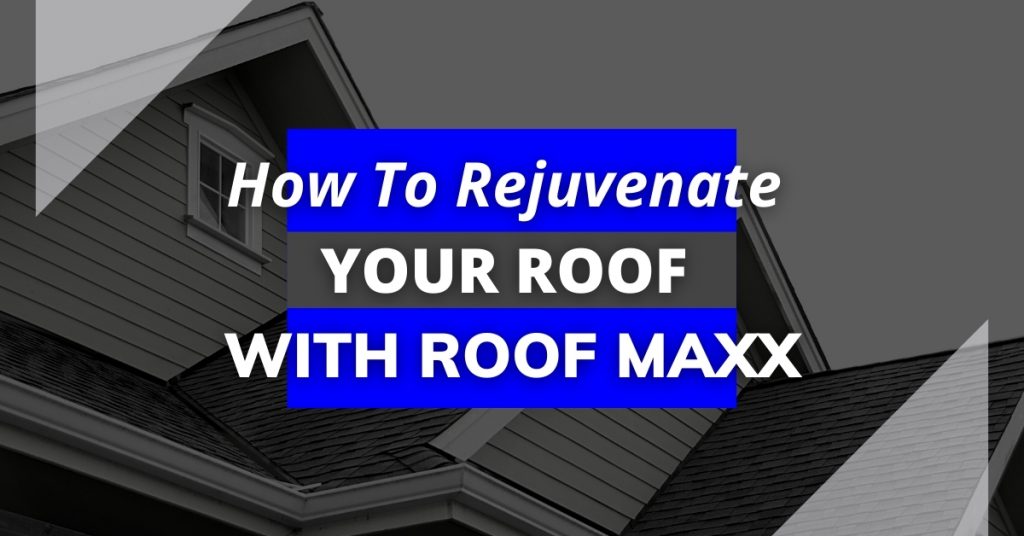
As your roof gets old, it dries out and loses its natural oil which holds together the granules. These granules then flake off and end up in your gutters and downspouts.
Continue reading “How To Rejuvenate Your Roof With Roof Maxx”
As your roof gets old, it dries out and loses its natural oil which holds together the granules. These granules then flake off and end up in your gutters and downspouts.
Continue reading “How To Rejuvenate Your Roof With Roof Maxx”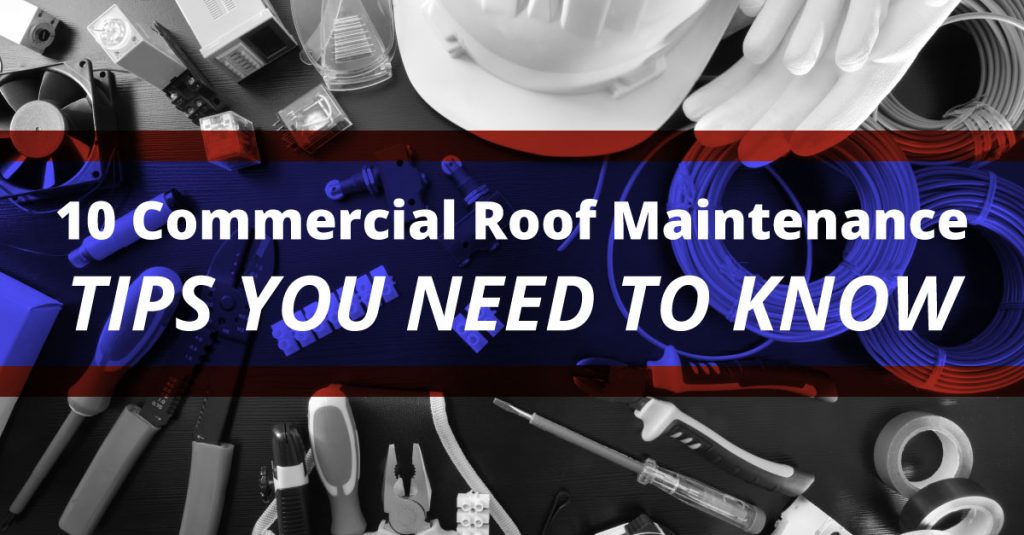
Managing your commercial building can be a challenge. You must negotiate leases, collect rent, schedule cleaning, oversee maintenance and repairs, and resolve unexpected issues.
Your roofing system is among the most critical components of your building’s safety and structural integrity. While addressing issues as they arise is crucial to avoid more costly damage, how can you be certain that you don’t overlook something during commercial roofing maintenance or an annual inspection? Consider the following when inspecting the roof.
Bonus: Check out our free Commercial Roof Maintenance Tips Checklist today to help you keep track of your maintenance needs.
Regular building inspections are part of your job as a commercial property owner or manager. Regarding roofing issues, there are some warning signs that your roof may require repairs or replacement.
Here are 10 commercial roof maintenance tips to be aware of when inspecting your roofing system, including general tips and signs of potential roofing issues inside and outside your building.
Having a record of roof maintenance activity and repairs can be invaluable. A maintenance log is a good management tool that’s useful when making repairs or even selling your property.
In your log, record who went on the roof, when they were on the roof (date and time), where they went, and why they were there (maintenance, inspection, repair, etc.).
Record the state of every item you look at—vents, flashing, etc. Determine whether they’re in good condition or need repairs. Take pictures and document any damage for future reference, as you may also need to make an insurance claim.
Create a toolkit with everything you need to inspect your roof. Include a checklist, roof plans, aerial photos, pencil and paper for jotting down notes, a camera to take pictures of damage, a tape measure, and a flashlight.
When inspecting the interior of the building, check the walls. Look for cracks, mold, peeling or wet paint, and other damage. These issues are often signs of leaks or excessive moisture in the building. Inspect the areas and test them as soon as possible.
Inspect all areas around vents and chimneys for dampness. You may find that the flashing has broken down and needs replacement or repair.
Is there sufficient ventilation in the attic? Is there visible damage to the decking or cracks in the rafters and sheathing? Is light shining through the roof where it shouldn’t? These are all visible signs of potential damage that, if not addressed immediately, can lead to extensive and costly repairs.
Also, check for visible leaks and their location. You should address leaks quickly. A leak can lead to rot, mold, or structural damage if left unrepaired. Take pictures to document leak locations, and call a professional roofer for an inspection.
Look for apparent damage and large debris blocking your roof’s drainage system. Are there obvious signs of damage? Check for blocked or broken gutters and downspouts. Your roofer can take care of these issues to help prevent future damage.
Check all flashing, vents, chimneys, fascias, drip edges, and decking. Look to see if the roof is sagging, corroded, rotting, or missing parts. If any of these issues are present, contact your roofing professional.
Look for ponding, punctures, holes, blisters, or anything that may have pulled away from the roof.
After a successful inspection, you’ll need to conduct routine maintenance to keep the roofing system in good condition for many years. Here are some tips for commercial roof maintenance.
Although your commercial roof is designed to be sturdy, it has its limitations. Reduce the load on your roof to keep it in good shape. Keep people off the roof unless absolutely necessary, and limit how much you walk on it to reduce the weight it must support.
Flat commercial roofs are especially susceptible to accumulating debris and dirt. Piles of natural debris like twigs and leaves can trap moisture and encourage mold growth. Mold and decay can deteriorate your roof and weaken its structure. Set a regular cleaning schedule to remove these hot spots early.
Clogged gutters and drains can cause water damage to your commercial roofing, threatening its structural integrity. Moreover, unmaintained gutters create a breeding ground for mold and mildew to thrive. To prevent issues, clean it, keep it free from clogs, and regularly inspect for damaged or loose components.
Falling tree limbs and branches from a storm may cause significant damage to the structure of your commercial roof. Trim nearby trees and shrubs to prevent impact damage and leaf and debris accumulation.
Experts recommend a roof inspection at least once every six months to identify any underlying issues that need attention. At Roof Repair Specialist, we carefully inspect for undetected leaks, sagging, cracks, and other issues. Timely commercial roofing repair can significantly extend the life of the roofing system.
Business owners across Burbank, Pasadena, and Los Angeles, CA, can choose among several commercial roofing systems. Various materials make up these roofs, and each type fits specific needs, building requirements, and budgets. But, more importantly, the roofing type determines the proper commercial roof maintenance required to preserve its original shape for the years to come.
Metal is one of the most durable commercial roofing options, featuring robust fire resistance ratings and strong material. It’s typically made from corrugated galvanized steel, copper, aluminum, tile sheets, or lead. Modern metal roofing comes with protective surface layers to withstand exposure to the elements and resist corrosion.
This commercial roofing features layers of tar and gravel, known for its cost-effectiveness and UV-resistant properties. Because it comes in layers, commercial building managers can adjust the number of piles used to achieve the desired level of durability.
Modified Bitumen is an asphalt-based roofing system often used in flat and low-slope commercial roofs. The material features a combination of asphalt, rubber, and fiberglass for added flexibility.
Thermoplastic polyolefin (TPO) and polyvinyl chloride (PVC) are known for being lightweight and puncture-resistant commercial roofing options. They also have excellent weathering and high-temperature tolerance.
EPDM is made of synthetic rubber composed of natural gas and oil and is popular for its elasticity and toughness. It effectively resists UV rays and is more affordable than other commercial roofing alternatives.
Although more commonly used in residential properties, some commercial establishments incorporate shingle roofing to boost their building’s curb appeal. This roofing material comes in different varieties, like asphalt, slate, plastic, and ceramic.
Several factors can influence the average lifespan of a commercial roof, including the material used, whether it received adequate commercial roof maintenance, and the weather conditions in your location. We’ve covered a detailed guide on the expected lifespan of each type of commercial roofing material that you can review. Generally speaking, they can last anywhere from 10 to 60 years.
The following factors also play a significant role in how long your commercial roofing lasts:
As the building owner or manager, you should have a roofing professional inspect your property every spring and fall. They can address any uncovered problems and advise you on deeper issues you may not have spotted.
If you have any questions or find issues that need immediate attention, the best solution is to contact a roofing professional. If you live in the greater Pasadena, Burbank, or Los Angeles, California area, connect with the commercial roofing experts at Roof Repair Specialist.

Now and again, replacing a couple of shingles is all you have to reestablish excellence and capacity to your rooftop. Black-top shingles are intended to keep going for a considerable length of time, and the present current material plans are built to keep going for whatever length of time that you possess your home.
Before you choose to replace shingles, it’s essential to have an expert assess your rooftop to decide whether any of the underlayment or decking is harmed. There’s a major contrast between a couple of missing shingles lost during overwhelming breezes and a release that stretches out through the different layers of your rooftop. On the off chance that the harm is broad, it’s generally a superior thought — and a superior worth — to re-roofing the whole rooftop.
Additionally, remember that shingles are presented to rain, day off warmth. Regardless of whether you have an extra box of shingles left over from when your rooftop was introduced, you may make some hard memories coordinating the “new” shingles to the ones on your rooftop. Contingent upon the area and the size of the territory needing substitution, it may be hard to mix substitution shingles into the remainder of the rooftop.
In any case, if the territory needing new shingles is situated in a subtle region, or the area is moderately little, you may have the option to pull off nailing down some substitution shingles.
Tip: If your rooftop is feeling the loss of a couple of shingles, don’t stand by to replace them. The shingles are there to shield your rooftop’s decking from dampness and wind. Indeed, even a little uncovered region can enable water to saturate the underlayment and into the deck, where it can cause spoil and in the end spillage.
Naturally, numerous property holders wonder in the event that they can fix a harmed or crumbling segment of rooftop as opposed to re-roofing the whole thing. They may even select to rooftop over the current shingles as opposed to detaching the old rooftop.
Fixing can work, however it represents the entirety of similar issues — to say the very least — as replacing a couple of shingles.
Similarly as you would when choosing if it’s alright to just supplant shingles, it’s essential to counsel with a home material expert in case you’re thinking about fixing your rooftop. A home material expert will play out an exhaustive examination to decide whether a fix will broaden your rooftop’s life expectancy without prompting future harm.
A home material master will inspect both the outside of your rooftop, just as the sheets in your upper room, which will by and large show if dampness has cleared its path through the decking and into your home.
Outwardly, indications of a progressively difficult issue incorporate shingles that are twisting at the edges or beginning to clasp. Another awful sign is the nearness of granules — the little, rock like pieces that coat the outside of the shingle — in your drains or on the ground.
Besides, a hanging rooftop is a certain indication of a progressively significant issue. In the event that you notice any hanging, don’t hold on to call a material contractual worker. You should re-roof the whole rooftop as fast as could be allowed.
Regardless of whether it’s conceivable to fix your rooftop, the result probably won’t be tastefully satisfying. On account of a fix, the harmed region is normally a lot bigger than a spot needing a couple of shingles, which by and large makes it increasingly hard to mix the fixed segment in with the current rooftop.
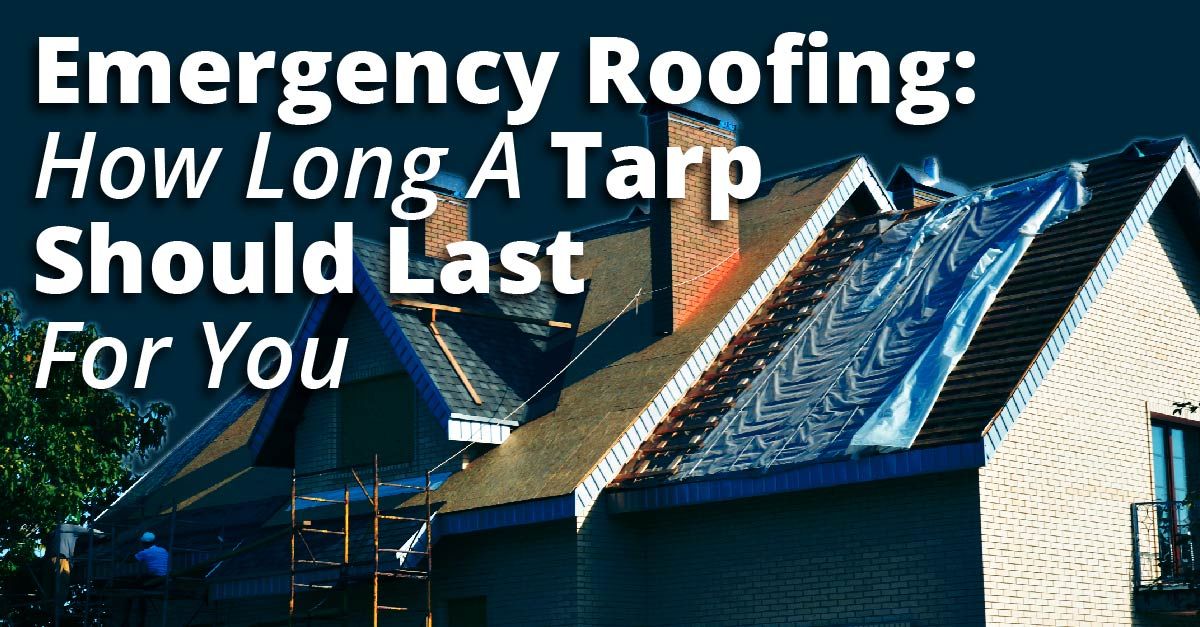
After a terrible storm, your roof may have terrible damage. Whether or not it’s obvious at first, water infiltration, mold, mildew, ruined possessions, and ill health all follow major roofing damage. You’ll need emergency roofing repairs to protect you, your loved ones, and your home from further harm.
Emergency roofing usually starts with a tarp (a large sheet of plastic or rubberized fabric that temporarily keeps out water)—but it’s not as simple as it sounds. Continue reading “Emergency Roof Tarp: How Long Should It Last”
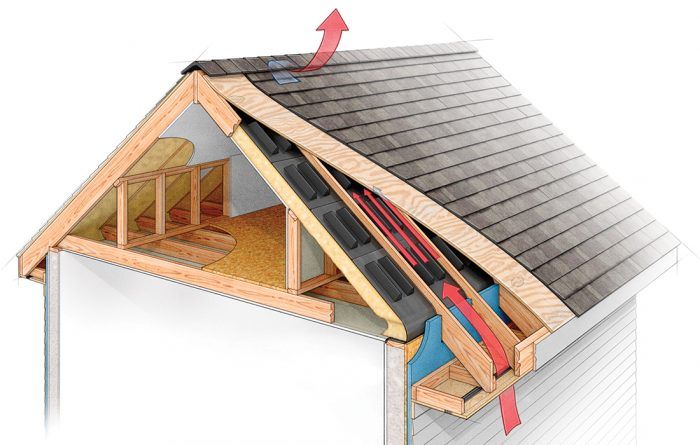
Well, yes, in fact it will. Every home, cottage, and business ought to have comfortable, and properly put in roof ventilation. You might be wondering why, and how you are able to tell if your roofing system is ventilated underneath?
Knowing the signs can facilitate to confirm that you will get the roof ventilation that you would like, before important roofing system repairs are made.
Why does your roofing system need correct ventilation?
For starters, keeping your attic sufficiently insulated will certainly aid to cut back your energy bills, but there will perpetually be some residual heat loss. If your attic doesn’t have the correct quantity of ventilation, the hot air can become cornered, resulting in wetness buildup and dangerous black mildew growth. Improper or scarce roof ventilation may result in ice damming within the winter time. Ice damming happens once the temperature of your attic becomes considerably hotter then the air outside, inflicting snow to soften and refreeze on your trough, and on your roof itself. This is often a significant issue that may cause an incredible quantity of harm to your roofing system, and a large amount of headaches for you, too.
How are you able to tell if your house requires added roof ventilation?
As a general rule, your attic ought to be able to systematically keep inside some degrees of the temperature outside. The signs that this is often not the case are noticeable, even to the primitive eye. Throughout the colder months, put aside your time to require a peek in your attic house, if your rafters square measure damp, or frost lined, you possible have roof ventilation problems. The intense drawback of black mildew growth in your attic are exacerbated by an absence of correct ventilation. As mildew growth tends to flourish in hotter temperatures, you’ll need to visualize on this within the season. Take care to throw on a mask and a few gloves and slightly separate your insulation. If your attic insulation seems flat or clumpy, this is often conjointly a really smart sign that you simply have wetness problems inside your attic. If you’ve noticed that your home suffers from constant, thick ice buildup, and/or icicles on the roofs edge and trough, you’ll need to contact a professional roofing company as soon as possible.
Continue reading “Does Your Home Need Roof Ventilation?”
Metal roofing is fundamentally a structure material that is utilized to shield the structure from wind, dampness and different other outside components. The rooftops can either be utilized on business or private structures and they’re normally accessible in a wide-assortment of completions and materials. Metal material is normally picked due to its alluring appearance, long life expectancy and solidness.
Metal material is really one of the quickest developing sections with regards to home improvement. It has too much over the previous decade. The points of interest offered by metal rooftops enable the property holders to redesign homes with rooftops that give a durable worth. Metal roofing gives the following advantages:
Metal material will enormously expand your home’s solace by avoiding ceaselessly the greater part of the sun oriented warmth subsequently diminishing the cooling bills.
Metal rooftops are, for the most part, produced using tin, copper, steel or aluminum. Steel is increasingly normal and can be covered utilizing zinc to decrease rust and upkeep. It’s commonly painted nearby or, on occasion, sold with a prepared on finish. Aluminum is somewhat costly however it will in general hold-up much better in the seaside zones given its enemy of destructive properties. Copper is regularly picked for its rich-shading, however it might will in general be very costly. Tin is lightweight and is normally utilized on sheds and outbuildings.
A ridged tin rooftop is very climate safe if it’s appropriately introduced. Steel is very warmed and dunked in liquid tin in order to make this sort of roofing material. The steel and the tin are fortified perpetually through this procedure. Painting a tin rooftop is very vital in order to shield the rooftop from the outside components.
This metal material sort is steel-covered utilizing zinc to fill in as assurance against eroding and oxidizing. This material can be introduced in various structures like standing crease units, shingles or a solitary metal-rooftop. A standing crease unit is aroused steel that is framed in long-sheets, and it is strong and won’t corrupt if daintily damaged.
This is made by covering steel with a blend of zinc and aluminum. It’s a prevalent metal-item for most homes that are near salty waters. It can fix some-scratch harms without anyone else by gliding a little segment of covering over the zones which have been influenced. This makes it an extraordinary standing crease item since installers will have the option to loosen up a smidgen when they are taking care of the long-boards.
The rust evidence characteristics of aluminum metal make this sort of material the top-decision for every metal rooftop in the wet climatic territories. Aluminum should be made a-higher-measure than that of steel in order to make up for its absence of solidarity. It is in any case, more strength than steel.
Delightful stepped copper material is attractive. At the point when covered utilizing lead it will hold its metallic sparkle, and whenever left exposed it can build up a brilliant patina due to oxidation. It’s anything but a broadly utilized on the grounds that it is somewhat costly. It will likewise require a talented expert to instrument in the boards into the best possible positions.
Metal material is promptly accessible in various structures which might be utilized to supplement different building stylistic themes and styles. It’s frequently sold-in type of boards, that can be emblazoned or level. Steel is typically introduced utilizing a standing crease framework produced using between locking boards. Most metal roofing materials are explicitly intended to take after tiles or shingles and can be styled to look like customary wood or clay roofing-materials.
Metal material is essentially introduced over-compressed wood or OSB rooftop sheathing. The sheathing can be secured utilizing a dampness boundary in order to keep any holes from happening or secured with a froth protection to help in decreasing warm move by means of the rooftop. On a level rooftop, metal boards can be nailed legitimately to the dampness boundary or sheathing. With regards to inclined rooftops, the metal boards are typically introduced into an arrangement of metal machines to help in lessening the commotion and the shaking brought about by wind and other climate related components.
Metal rooftops are generally lightweight when contrasted with the record or clay tiles. They essentially require little support and they can without much of a stretch last as long as 50 years or more. Most metal roofing-materials aren’t influenced by wind, day off, or hail and are normally fireproof.
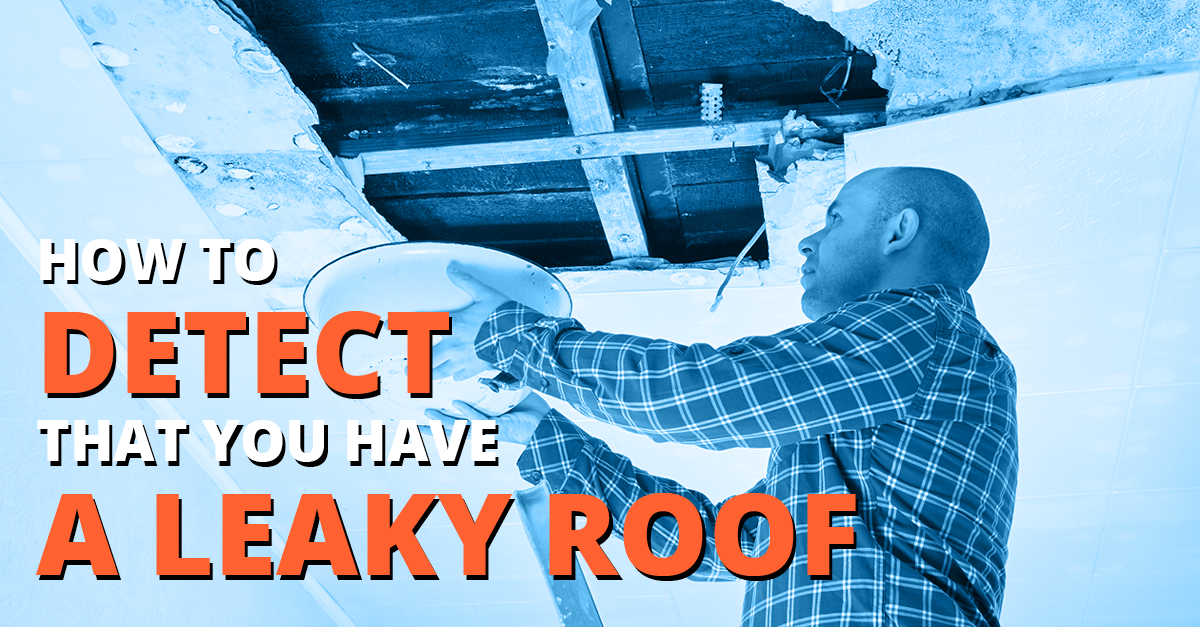
There are many causes and signs of leaky roofs. The most obvious leak is the one where your ceiling crashes to the floor and water gushes down into your bedroom or kitchen. Most roof leaks are much more insidious. They can cause damage you don’t see right away.
Continue reading “How To Detect That You Have A Leaky Roof”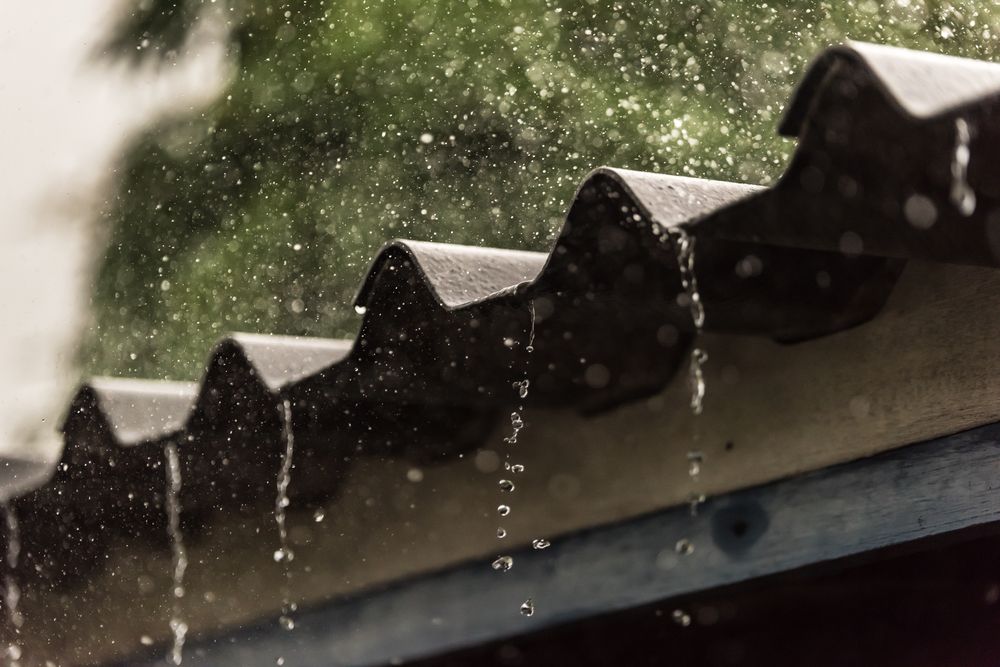
When getting ready for a rooftop remodel, you have power over numerous components, including your contractual worker choice, favored materials, venture course of events, and spending plan. In any case, one component that remaining parts beyond our ability to do anything about is the climate. Downpour can hamper any home improvement venture yet can enormously affect a rooftop fix or substitution. Following quite a while of arranging, you may feel fretful or disappointed when a tempest waits. Get familiar with how downpour may affect your task.
Continue reading “Is It Safe To Install A Roof In The Rain?”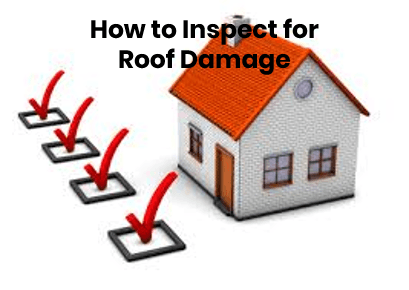
When evaluating property for flipping, knowing somewhat about rooftops and the nuts and bolts of how to review a rooftop will enable you to counteract neglecting an exorbitant cost. Contingent upon the material, area, sort of rooftop, slant, design, and number of interferences, for example, stacks, bay windows, dormers, and vents, a rooftop substitution can cost a large number of thousands dollars. What’s more, on the grounds that numerous purchasers contract home examiners, an ignored required rooftop substitution can become visible during the selling procedure and cost you a property deal. Continue reading “How to Inspect a Roof for Damage”
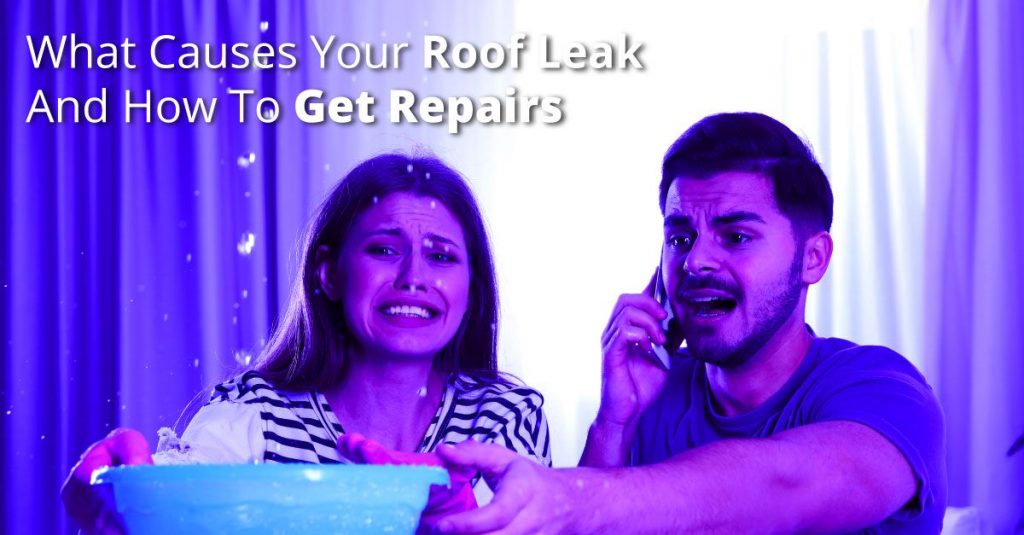
Your roof helps keep your Pasadena home dry and safe from rain and other elements. If it’s leaking, you can end up with serious damage to your home. Find out more about what causes a leaky roof and what to do about it.
Continue reading “What Causes Your Roof Leak And How To Get Repairs”